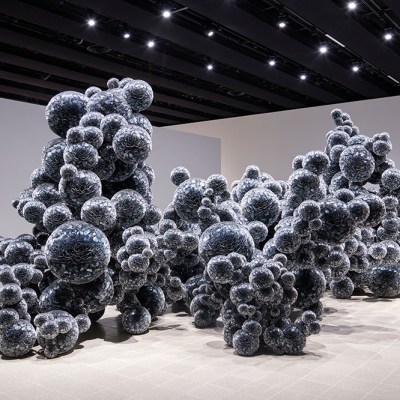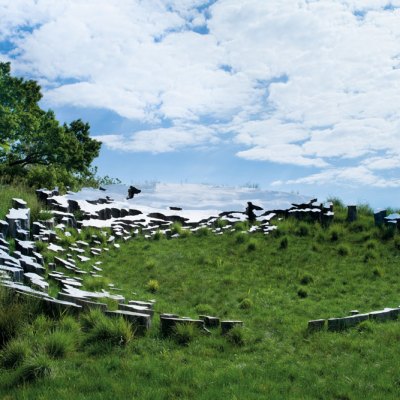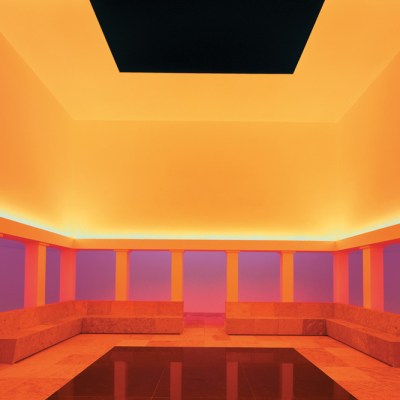The American artist Tara Donovan makes sculptures, installations, prints and drawings with materials that can be found around the home, such as straws, plastic cups, drawing pins and pencils. She takes these objects and, over months or even years, painstakingly arranges them into unexpected physical forms: in Untitled (2014), crystalline shards of acrylic are clustered into a fuzzy, amorphous sculpture; in the Hayward Gallery’s recent exhibition ‘When Form Comes Alive’, a bubbling installation comprising spheres of curled Mylar resembled multiplying bacteria. For Donovan’s first exhibition in Japan, Pace Gallery in Tokyo is showing works made over the past 20 years, including pieces that now belong to the Metropolitan Museum of Art and the Institute of Contemporary Art in Boston (until 3 July). Highlights include the Stratagem sculptures: towering, undulating pillars made up of thousands of stacked CDs that glow green from certain angles and appear completely see-through from others.
Drawing (Pins) (2024; detail) Tara Donovan. Courtesy Pace Gallery; © Tara Donovan
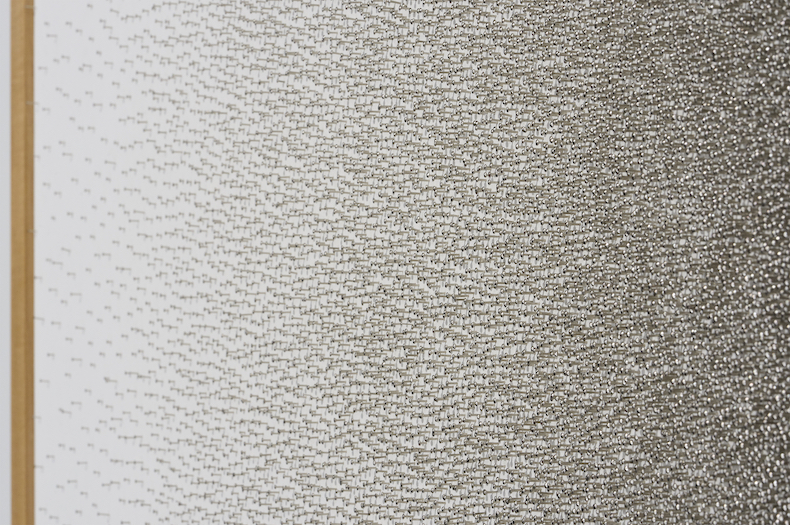
Where is your studio?
My studio is in New York, in an area called the Brooklyn Navy Yard. It’s a kind of campus of old shipyard buildings and is quite wonderful. A lot of artists as well as manufacturing, creative and tech businesses are all within this gated area.
How would you describe the atmosphere of your studio?
My studio is very clean, quiet and organised: it’s a Zen-like space. I have a lot of natural light. I work with some assistants, but generally we are all wearing headphones and are on task. If people visit, they comment on just how peaceful it is.
When I start working with a new material, I like to isolate it so I can see where it will lead me: it is the material itself and the investigations along the way that guide the construction process. So I only have things around that I’m actively working on. Any extra stuff goes to my storage space, which is very separate.
What does your studio routine look like?
I’m usually at the studio anytime between 7–8.30am, and I usually stay until 5 or 6pm. I keep a regular Monday-through-Friday routine, mostly because I have a family and I like to cook a nice dinner! Sometimes I work on the weekends, but not consistently – it’s usually when I’m really excited about something new. My studio is only five minutes from my house, so it’s very easy for me to pop in, but I’m definitely a long-haul worker; I don’t have a lot of interest in being in the studio for an hour or two.
Stratagem IX (2024; detail) Tara Donovan. Courtesy Pace Gallery; © Tara Donovan
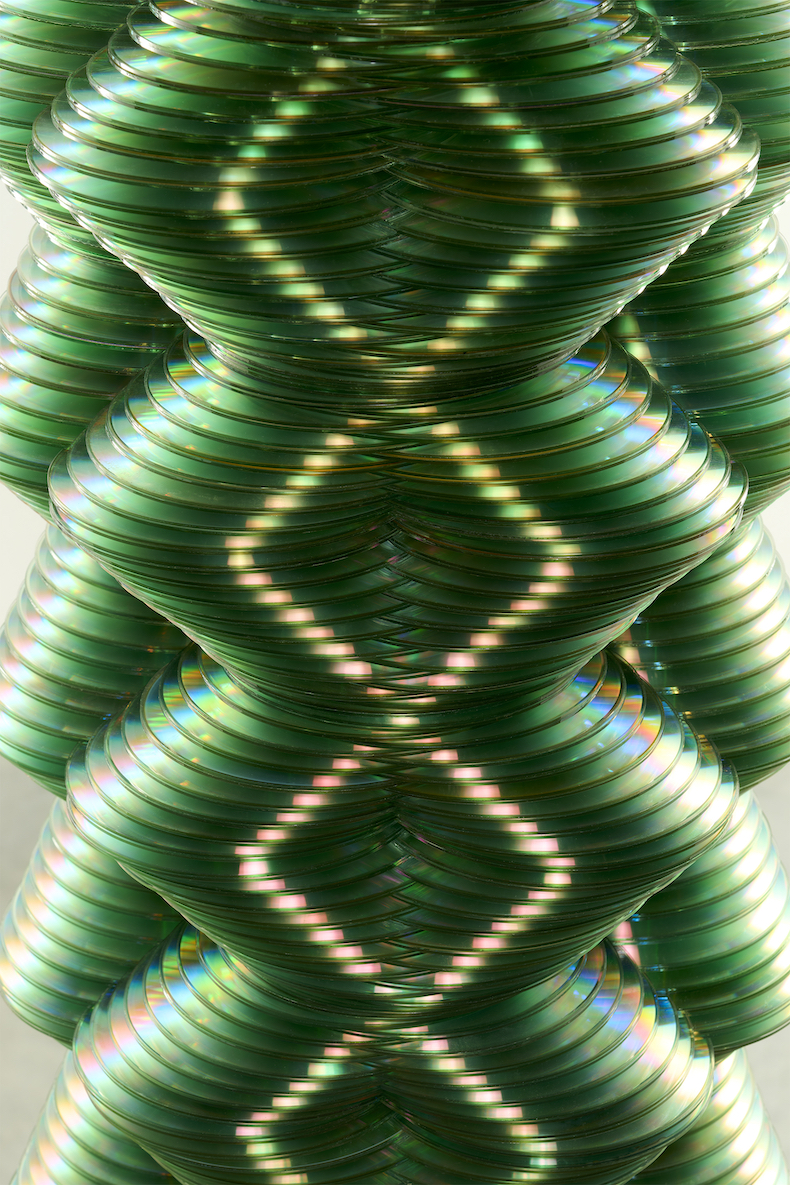
Is there anything you don’t like about your studio?
I can’t open the windows: I have a whole wall of beautiful windows, but they’re fixed. Otherwise, I love my studio. The building is heated and air-conditioned, and it’s very comfortable.
Do you have visitors to your studio?
I make exceptions depending on who it is, but I find visits extremely disruptive. If someone visits, I’m always asking them to come around 8am so that it doesn’t ruin my whole day. Otherwise, I spend the day thinking about it happening.
Do you work with anyone else in your studio?
I work with three full-time assistants, one of whom is my studio manager, who’s been with me for 21 years. Another one of my assistants has been with me for 15 years. All my assistants are women, and we’re really close. We’re like a family.
Installation view of Haze (2023) by Tara Donovan. Courtesy Pace Gallery; © Tara Donovan
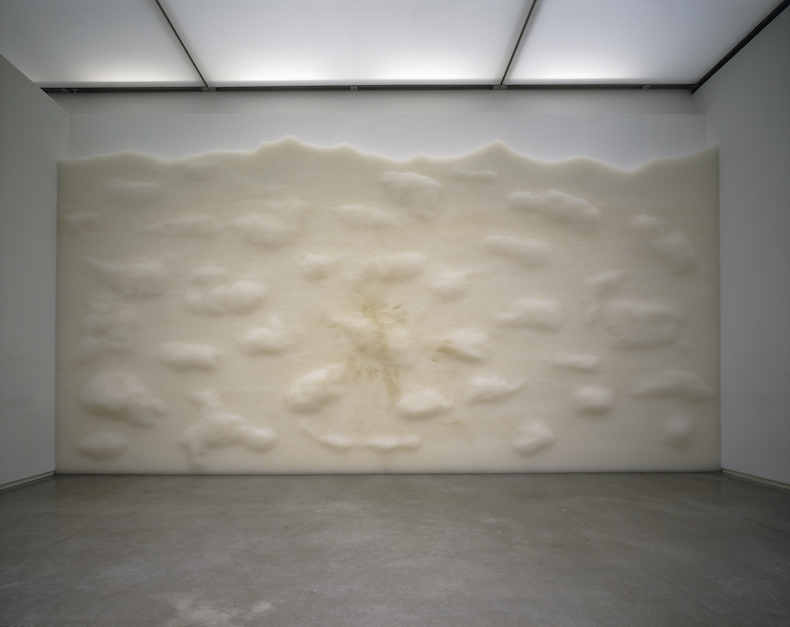
Do you ever listen to anything while you work?
It’s very mood-dependent: sometimes I listen to music, sometimes podcasts, occasionally an eBook. Sometimes I watch TV, depending on what I’m doing. For some tasks, TV is the perfect companion.
What is your most well-thumbed book?
I always come back to On Growth and Form (1917) by D’Arcy Wentworth Thompson; I’ve been glancing at that book for 35 years. Of late, there are a lot of Alexander Calder books in my studio because I’m curating an exhibition of my work alongside Calder’s at the Seattle Art Museum next year that will be focused on monochrome and the colour black.
As told to Lucy Waterson
‘Tara Donovan’ is at Pace Gallery, Tokyo, until 3 July.

